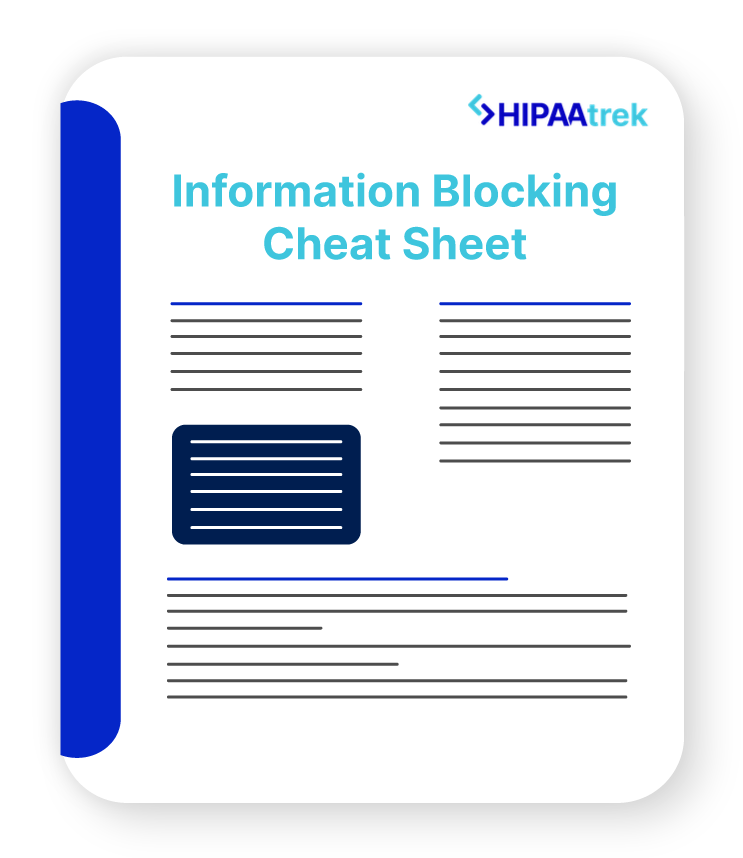A point of confusion for many nurses is how to use nursing whiteboards. A nurses’ whiteboard (or sometimes an LCD screen) is located behind the nurse’s station in a hospital unit, inside patient rooms, or in the operating room or emergency room. The nurses’ station whiteboard allows nurses in that unit to make notes for quick reference to assist in patient care.
Since nursing whiteboards aren’t always in a restricted location, it’s possible that visitors will see the whiteboard and the patient information on it. Isn’t this a privacy issue?
Not necessarily. The HIPAA Privacy Rule allows for incidental disclosures of patient information in the course of an employee carrying out her duties, as long as she uses reasonable safeguards to try to prevent such disclosures.
This does not mean staff members can freely disclose patient information to visitors that pass by. It simply means that if a visitor gets a glimpse of patient information on the whiteboard, it’s usually considered incidental and not a privacy violation.
READ MORE: 8 Common Questions About HIPAA Privacy Safeguards
Since the purpose of the nurse’s station whiteboard is to streamline staff communication and improve patient care, nurses should write any information they or the physicians need quick access to. This may include a patient’s name, room number, diagnosis, assigned RN, vitals, or the test they’re waiting for.
Still, your team should take care to avoid incidental disclosures as best as you can. Here are a few ways to safeguard patient information on the whiteboard:
- Write only the information nurses and physicians need to care for the patient. They won’t need the entire patient chart on the whiteboard.
- Use shorthand whenever possible, such as using a patient’s initials and other abbreviations. But never abbreviate to the point that it causes confusion, which can pose a patient safety concern.
- Try to place the whiteboard where it’s easily accessible to nurses but not to the public. For example, you could put the whiteboard behind the nurse’s station desk or turn it away from a hallway where visitors pass by. Be especially careful with ER whiteboards as the ER tends to be crowded with family and friends.
In conclusion, any patient information seen on a nurses’ station whiteboard is considered an incidental disclosure and is allowed by the Privacy Rule. Nevertheless, all staff members should take care to protect patient privacy to the best of their ability as they use the whiteboard to enhance patient care.
What is Information Blocking?
Check out our cheat sheet to understand when to disclose and what the exceptions are!

HIPAAtrek helps healthcare organizations manage their HIPAA Privacy and Security programs. Learn how our cloud-based software is changing the way healthcare teams achieve and maintain HIPAA compliance by contacting us today at support@hipaatrek.com.












